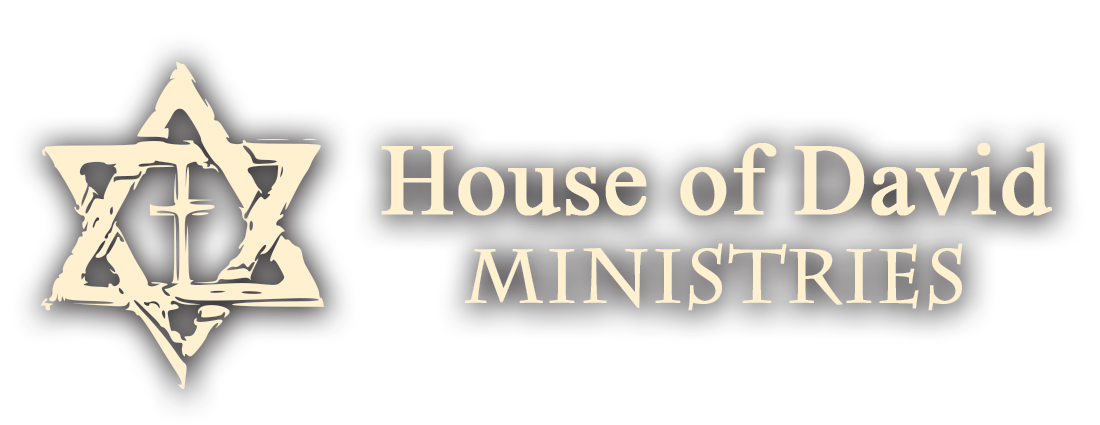Shabbat Parah falls in the second half of the month of Adar, preceding Passover, and is dedicated to reviewing the laws of ritual purity necessary for bringing the Passover offering. The Torah portion dealing with the Red Heifer (Parah Adumah) is read on this Shabbat. The Red Heifer, outlined in Numbers 19, is a unique commandment involving specific conditions for a red cow without blemish to be sacrificed and its ashes used for purification rituals. Ritual purity is crucial for various religious activities, particularly for bringing offerings in the Temple. Despite the complexity of the laws surrounding the Red Heifer, its significance lies in its ability to purify the impure, with one cow's ashes potentially sufficient for the entire Jewish population. The Red Heifer's absence today affects both Jews and Christians, with the potential reinstatement of its practice anticipated in the future. The practical implications of the Red Heifer extend beyond ritual purity, impacting future Temple services and religious expression.
Josh Wander has been watching prophecy unfolding from his apartment's balcony on the Mount of Olives. He gives an insider's perspective on whether or not the red heifer ceremony will take place soon and what it means for the nation of Israel.
In the podcast episode, Peter Mor interviews Elah Hovitz from Israel about the significance of the red heifer in Judaism and Christianity. The red heifer is a rare and sacred animal described in the Torah, used for purification rituals. Hovitz discusses the recent arrival of five red heifers from Texas to Israel, highlighting the meticulous process of selecting and transporting them. She also addresses misconceptions and skepticism surrounding the red heifer's role in temple construction and its implications for religious tensions. Despite opposition from groups like Hamas, efforts are made to protect the red heifers and uphold their religious significance.

